
Cinema has a unique ability to transport us, to evoke emotions, and to tell stories that resonate with our deepest selves. Over the years, certain films have emerged that not only entertain but also remind us of why we fell in love with movies in the first place. This article delves into ten such films each one a testament to the power of cinema to captivate, move, and inspire. Whether you’re a seasoned cinephile or just someone looking to rekindle their passion for film, these movies are sure to make you fall in love with cinema all over again.
Criteria for Selection
Choosing these ten films wasn’t an easy task. Cinema is vast, with thousands of great films spanning different genres, styles, and eras. However, the films on this list were selected based on their storytelling prowess, visual innovation, emotional impact, and lasting influence. These movies don’t just entertain; they challenge, provoke, and leave a lasting impression. They represent a balance of genres from thrilling sci-fi to heartwarming dramas ensuring there’s something here for every kind of movie lover.
1. “Parasite” (2019)
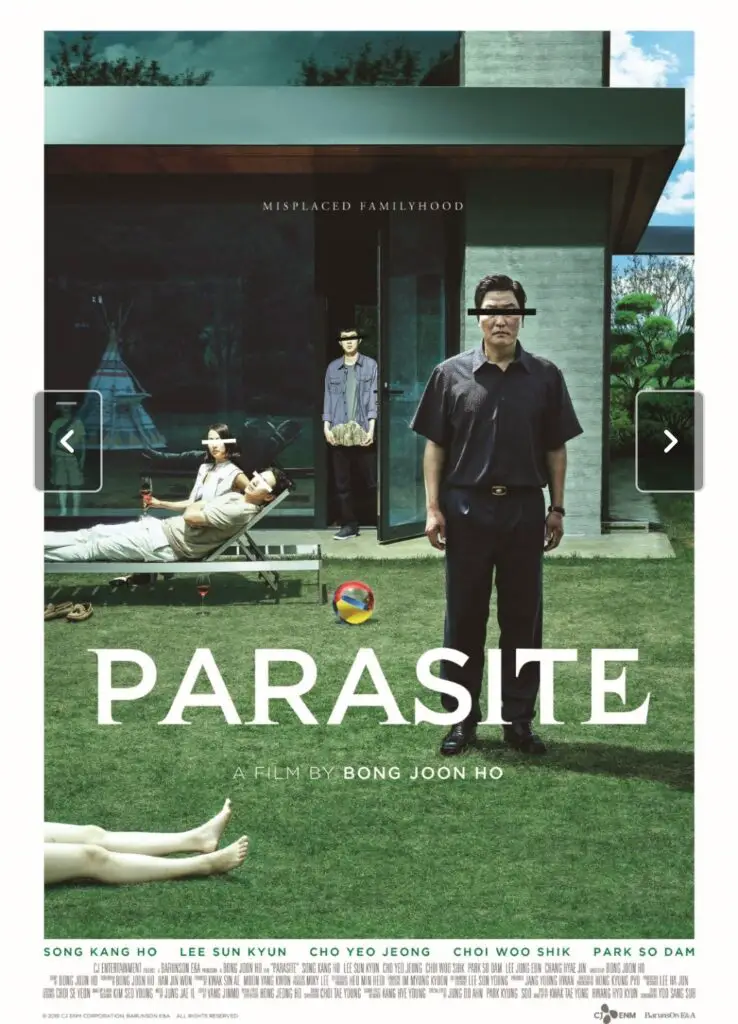
Bong Joon-ho’s “Parasite” is a masterclass in storytelling, seamlessly blending elements of dark comedy, thriller, and social commentary. The film tells the story of two families from opposite ends of the economic spectrum and the consequences that unfold when their lives become entangled. What starts as a seemingly simple tale of deception quickly escalates into something far more complex and thought-provoking.
“Parasite” is visually stunning, with meticulous attention to detail in every frame. The film’s use of space contrasting the cramped semi-basement apartment with the spacious, modern home of the wealthy family visually represents the social divide at the heart of the story. Its unexpected twists and turns keep you on the edge of your seat, and its exploration of class dynamics resonates universally. This film won the Palme d’Or at Cannes and became the first non-English language film to win the Best Picture Oscar, marking its place as a modern cinematic masterpiece.
2. “La La Land” (2016)

“La La Land,” directed by Damien Chazelle, is a love letter to the golden age of Hollywood musicals. It follows the love story between an aspiring actress, Mia, and a jazz musician, Sebastian, as they pursue their dreams in Los Angeles. The film is a vibrant mix of music, dance, and romance, capturing the magic and heartbreak of chasing one’s dreams.
What sets “La La Land” apart is its ability to evoke nostalgia while still feeling fresh and modern. The film’s vibrant colour palette, dynamic choreography, and memorable score by Justin Hurwitz create a visual and auditory feast. At its core, “La La Land” is about the tension between love and ambition, and how the pursuit of dreams can sometimes lead to unexpected outcomes. It’s a film that celebrates the joys of creativity while acknowledging the sacrifices that often come with it.
3. “The Grand Budapest Hotel” (2014)
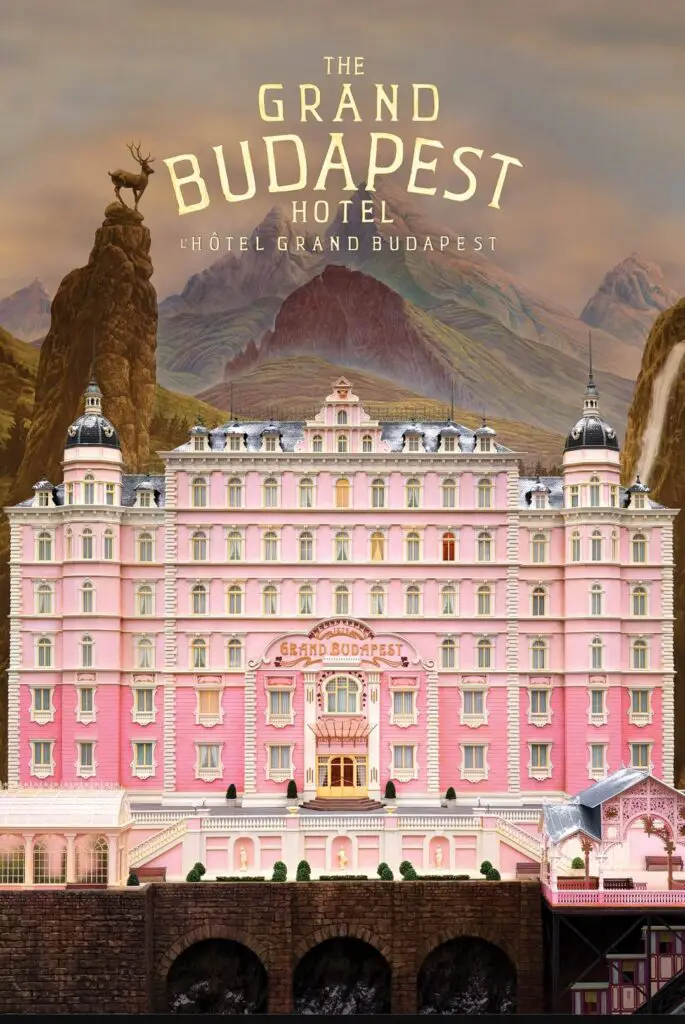
Wes Anderson’s “The Grand Budapest Hotel” is a whimsical, visually arresting film that showcases the director’s signature style symmetry, pastel colours, and meticulous set designs. The film tells the story of Gustave H., a legendary concierge at a famous European hotel between the wars, and Zero, the lobby boy who becomes his trusted friend.
“The Grand Budapest Hotel” is both a caper and a tribute to a bygone era. Its narrative structure, which uses multiple time periods and narrators, adds depth and richness to the story. Anderson’s attention to detail is evident in every frame, from the elaborate hotel sets to the perfectly framed shots that feel like moving paintings. The film’s humour, combined with its poignant moments, makes it a joy to watch and rewatch, offering new details to discover with each viewing.
4. “Inception” (2010)
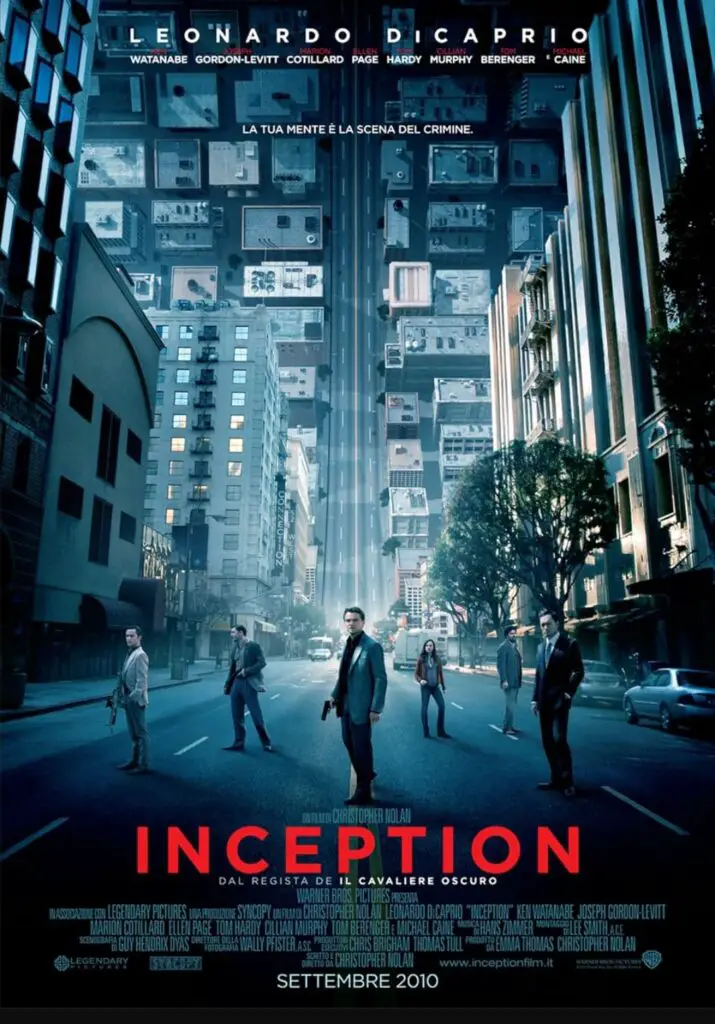
Christopher Nolan’s “Inception” is a mind-bending sci-fi thriller that explores the concept of dreams within dreams. The film follows Dom Cobb, a skilled thief who specialises in extracting secrets from within the subconscious during the dream state. He is offered a chance to have his criminal record erased if he can successfully perform “inception” planting an idea in someone’s mind without them realising it.
“Inception” is a visual and intellectual feast, with stunning special effects that bring the dream world to life. The film’s narrative complexity, with its layers of dreams and time dilation, challenges the audience to keep up, making it a rewarding experience for those who enjoy puzzles and psychological depth. The iconic score by Hans Zimmer adds to the film’s intensity, making “Inception” a thrilling and unforgettable cinematic experience.
5. “Mad Max: Fury Road” (2015)
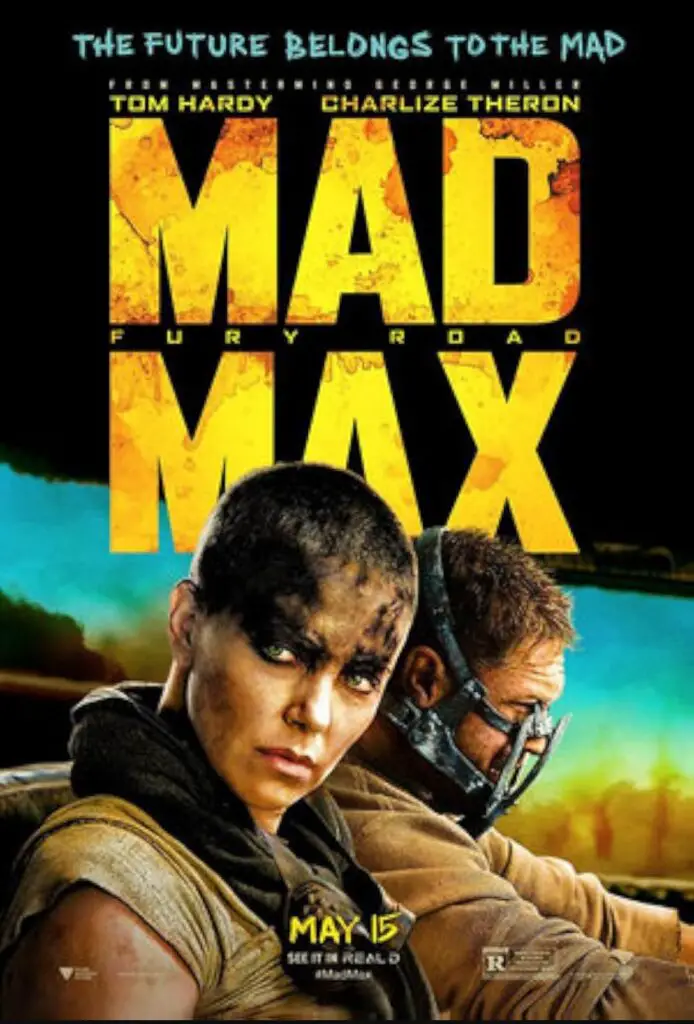
George Miller’s “Mad Max: Fury Road” is an adrenaline-fueled ride through a post-apocalyptic wasteland. The film is a relentless action spectacle that follows Max Rockatansky and Imperator Furiosa as they flee from the tyrannical Immortan Joe and his army.
What makes “Mad Max: Fury Road” stand out is its commitment to practical effects and real stunts, which give the action scenes a visceral, tangible quality rarely seen in modern cinema. The film’s pacing is relentless, yet it manages to develop its characters and world-building without slowing down. The use of colour, particularly the stark contrast between the orange desert and the blue night skies, creates a visually striking experience. “Mad Max: Fury Road” is a testament to the power of action cinema and a reminder that spectacle can still be art.
6. “The Shape of Water” (2017)

Guillermo del Toro’s “The Shape of Water” is a beautiful and unconventional love story set against the backdrop of Cold War America. The film centres on Elisa, a mute woman who works as a cleaner in a high-security government laboratory, and her relationship with a mysterious amphibious creature being held captive there.
“The Shape of Water” is a fairy tale for adults, blending elements of romance, fantasy, and horror. Del Toro’s signature style mixing the fantastical with the mundane is on full display, with stunning production design and a haunting score by Alexandre Desplat. The film explores themes of love, loneliness, and acceptance, offering a poignant reminder that love can be found in the most unexpected places. Its rich visual style and emotional depth make it a film that lingers in your mind long after the credits roll.
7. “Whiplash” (2014)
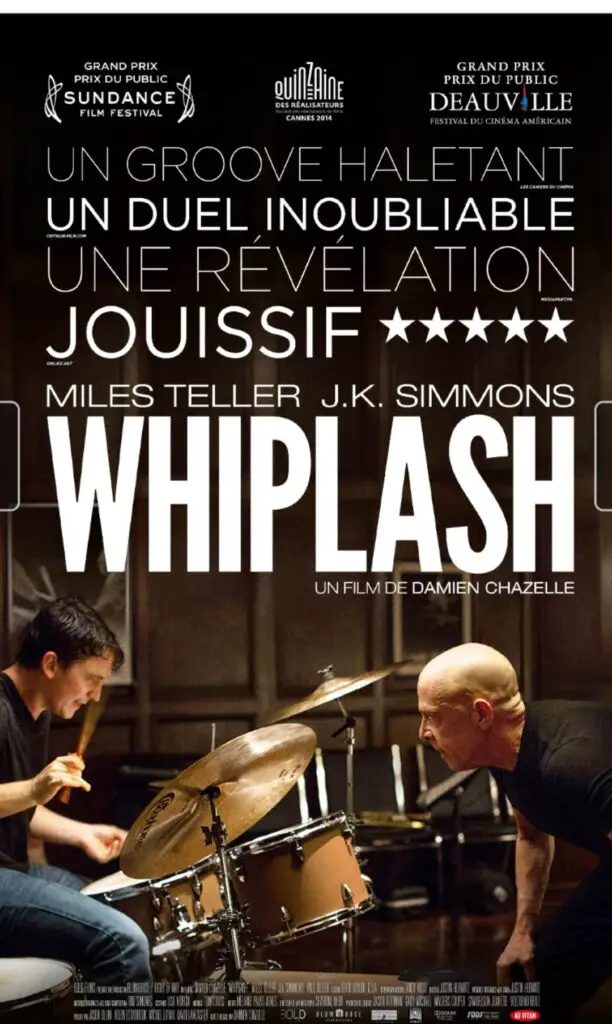
“Whiplash,” directed by Damien Chazelle, is an intense drama about the pursuit of excellence and the toll it can take on the human spirit. The film follows Andrew Neiman, an ambitious young jazz drummer, and his ruthless instructor, Terence Fletcher, whose teaching methods push Andrew to his limits.
What makes “Whiplash” so compelling is its raw, unflinching portrayal of ambition and obsession. The film’s editing is razor-sharp, particularly in the musical sequences, where the rhythm of the drumming mirrors the intensity of Andrew’s struggle. J.K. Simmons’ performance as Fletcher is both terrifying and mesmerising, earning him an Academy Award for Best Supporting Actor. “Whiplash” is a powerful exploration of the cost of greatness and the fine line between dedication and self-destruction.
8. “Birdman” (2014)
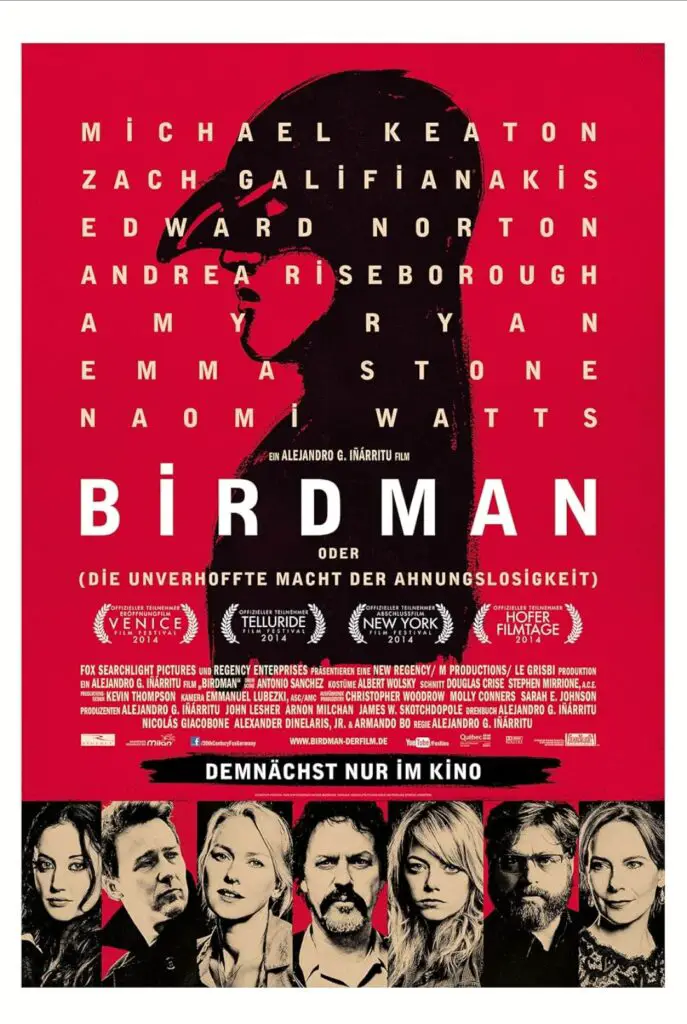
Alejandro González Iñárritu’s “Birdman” is a dark comedy-drama that appears to be filmed in one continuous shot, creating a seamless, immersive experience. The film follows Riggan Thomson, a washed-up actor best known for playing a superhero, as he attempts to revive his career by directing and starring in a Broadway play.
“Birdman” is a unique blend of satire and existential drama, exploring themes of fame, ego, and identity. The film’s innovative cinematography by Emmanuel Lubezki, which gives the illusion of a single continuous take, creates a sense of immediacy and intimacy. Michael Keaton’s performance as Riggan is both vulnerable and powerful, blurring the lines between the actor’s real-life persona and his character. “Birdman” is a bold, original film that challenges conventional storytelling and offers a thought-provoking commentary on the nature of art and celebrity.
9. “Moonlight” (2016)
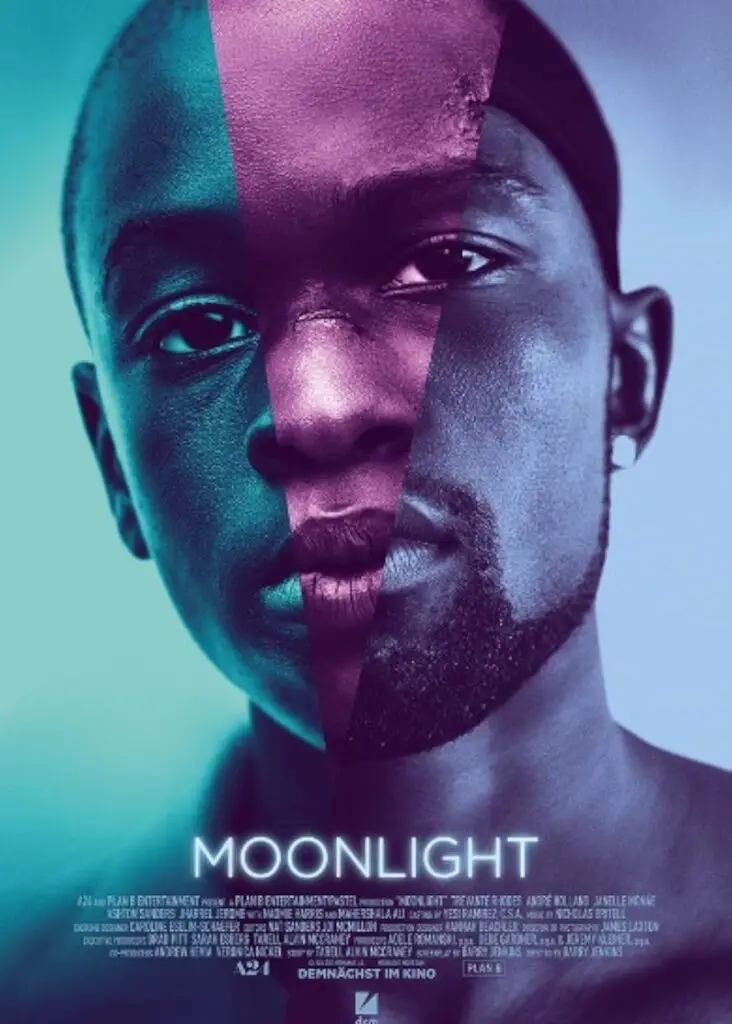
Barry Jenkins’ “Moonlight” is a deeply moving and visually striking film that tells the coming-of-age story of a young black man named Chiron, growing up in a rough neighbourhood in Miami. The film is structured in three acts, each focusing on a different stage in Chiron’s life, as he grapples with his identity, sexuality, and the challenges of his environment.
“Moonlight” is a masterclass in subtlety and nuance, with its quiet, reflective moments speaking volumes about the characters’ inner lives. The film’s cinematography by James Laxton is breathtaking, using colour and light to enhance the emotional impact of each scene. The performances, particularly by Mahershala Ali and Trevante Rhodes, are deeply affecting, conveying the complexity of Chiron’s journey with grace and sensitivity. “Moonlight” is a powerful exploration of identity and self-acceptance, and its impact is both profound and lasting.
10. “Blade Runner 2049” (2017)

Denis Villeneuve’s “Blade Runner 2049” is a visually mesmerising sci-fi epic that continues the story of the original “Blade Runner” while exploring new themes of humanity, memory, and identity. The film follows K, a replicant who discovers a long-buried secret that could change the course of society.
“Blade Runner 2049” is a visual feast, with Roger Deakins’ cinematography creating a haunting, dystopian world that is both beautiful and bleak. The film’s deliberate pacing allows the story to unfold in a way that is both meditative and immersive, giving the audience time to absorb its complex themes. The film’s exploration of what it means to be human whether through the eyes of replicants or humans themselves adds a philosophical depth that resonates long after the credits roll. The score by Hans Zimmer and Benjamin Wallfisch further enhances the film’s atmospheric tension, making “Blade Runner 2049” not just a worthy successor to the original but a standalone masterpiece in its own right.
Conclusion: The Enduring Love for Cinema
The ten films discussed here are more than just movies; they are experiences that remind us of the magic of cinema. Each one, in its own way, pushes the boundaries of storytelling, whether through innovative techniques, powerful performances, or evocative visuals. These films invite us to see the world differently, to question, to dream, and to feel deeply.
In a world where entertainment is increasingly fast-paced and disposable, these movies stand out as testaments to the enduring power of cinema to move and inspire. Watching them or rewatching them can rekindle the passion for film that may have been lost or forgotten. They remind us why we go to the movies in the first place: to be transported, to be challenged, and, ultimately, to fall in love with the art of storytelling all over again.
If you haven’t seen some of these films yet, now is the perfect time to dive in and rediscover the joy of cinema. And if you have seen them, perhaps it’s time to revisit them and find new layers of meaning and beauty. After all, great films, like the best love stories, only get better with time.